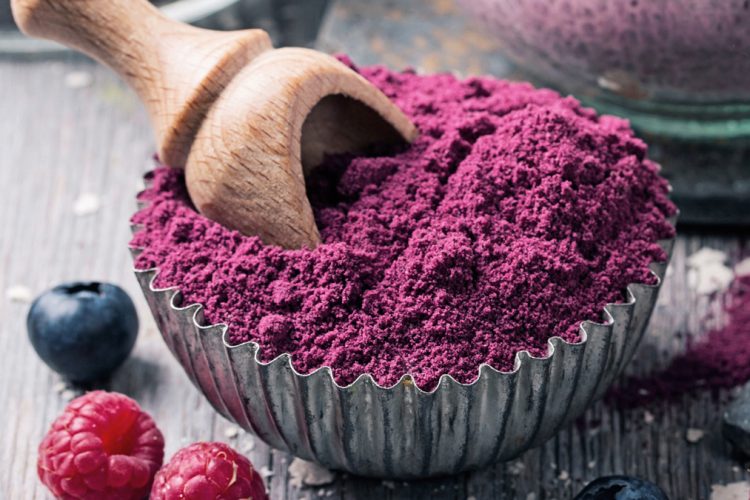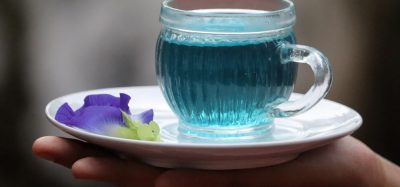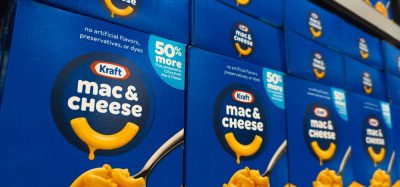Repeatability is key for flavour producers
- Like
- Digg
- Del
- Tumblr
- VKontakte
- Buffer
- Love This
- Odnoklassniki
- Meneame
- Blogger
- Amazon
- Yahoo Mail
- Gmail
- AOL
- Newsvine
- HackerNews
- Evernote
- MySpace
- Mail.ru
- Viadeo
- Line
- Comments
- Yummly
- SMS
- Viber
- Telegram
- Subscribe
- Skype
- Facebook Messenger
- Kakao
- LiveJournal
- Yammer
- Edgar
- Fintel
- Mix
- Instapaper
- Copy Link
Posted: 21 May 2018 | GEA | No comments yet
Efficiency, productivity and whole of life costs are key parameters in any industrial activity. But here GEA demonstrates why, when manufacturing flavors, it’s repeatability that is king.


The ultimate goal is to create a flavor that mimics, as closely as possible, the real thing.
Every business needs to maximize productivity, minimize costs and operate as efficiently as possible. But when manufacturing flavours there is something of a switch in emphasis in favour of flexibility and repeatability and, although efficiency is just as important as in other sectors, the factors that combine to achieve it, are unique.
The ultimate goal is to create a flavour that mimics, as closely as possible, the real thing. Once a company has achieved the optimum recipe, it does not want any variation. Yes, manufacturers want to use the most advanced equipment and to produce in an efficient, environmentally sustainable way, but mostly they just want to ensure their product is the same as it always has been. Customers know what is required from the ingredients in their own products to maintain consistency and their own unique appeal. If they cannot rely on the consistency of their ingredients, they cannot adequately control the quality of their own output. What’s more, variations in the flavour of ingredients make their own product innovation difficult and stifles creativity.
Repeatability is process driven
But it’s not just the combination of raw materials that contributes to the flavour and aroma of a product; the manufacturing process followed to achieve authenticity can be just as critical. Any variation in method can cause variations in a product that, for many companies, are unacceptable.
When producing flavours there is much opportunity for something to go wrong. An ingredient added too quickly into a mixing vessel, inconsistent temperature, insufficient mixing or incomplete homogenization can all have an effect further downstream that affects the outcome. When consistency is the aim, that really matters. Similarly, variations in oil droplet size, shearing or drying parameters can all have an effect that in some subtle way alters the product.
Producing multiple products
All these parameters are critical to producing a consistent product, but with some plants producing 300-400 different flavours on the same machinery, ranging from delicate fruits to pungent spices, each with a different recipe, not just for ingredients but for the method of production as well, life in the flavour factory can get complicated. The constant evolution of equipment from suppliers might be all very well in the name of efficiency, but the flavour manufacturer might not want to take the risk, preferring to stick with what he knows.
Bringing skills together
Flavour manufacturers understand their craft very well. They know what combinations of raw ingredients will create the perfect essence. But, just as the conductor of an orchestra might have an intimate knowledge and appreciation of a piece of music but relies on his musicians to create the sound he wants, so do manufacturers require specific expertise to bring their ideas to reality.
Engineering for consistency
It is for this reason that GEA has recently launched a new optimized production line concept that takes flavour manufacture from the handling of raw materials right through to final packaging. With the whole process controlled, automated and optimized, the opportunity for variation resulting from human error is virtually eliminated. The company has used all its 50 years of experience in the production of mixing, pumping, homogenization, drying and handling equipment to bring them together to provide the consistency its customers demand.
The new GEA integrated line controls all the individual unit operations precisely and, by doing so, controls the output. But repeatability is not just a question of adjusting a computerized control system. Achieving a consistent product also requires very precise engineering to allow the component parts of the line to work together in harmony. For example, feed systems must be calibrated specifically to match the capabilities of the mixer; the size of the mixer must be scaled precisely with the size of the dryer to ensure compatibility; and then there is the CIP (Clean in Place) system that is needed to provide much more than mere hygiene.
Cleaning to remove odours
Any production system can be cleaned effectively to meet hygiene regulations. But, as every flavour manufacturer knows, that’s not the whole story. Flavours and aromas can linger in equipment even after they have been cleaned to the most scrupulous hygiene standards. Any residue of the previous flavour can easily taint the next product, destroying the all-important consistency. To prevent this, GEA has done much more than provide an efficient rotating-ball cleaning system.
Getting the design right
Machines, pipework and valve systems have been carefully designed by GEA to eliminate sharp edges or dead areas in which even the smallest quantity of product could become trapped; materials have been carefully chosen to provide smooth internal surfaces to which product cannot adhere; and the size of cleaning fluid tanks has been calculated to ensure that they hold precisely the right volume of medium to clean the whole system efficiently in less than four hours; even gasket materials have been chosen to ensure that they do not harbor traces of product. These elements combine to ensure the efficiency of the CIP system making it scrupulously efficient and enabling fast product changeover, reduced downtime, minimal waste and low use of water and detergents.
Sequenced production
There is also another key factor in maintaining repeatability. When producing multiple products on the same line it is critical that products are processed in the correct sequence to help prevent any tainting from one to the next. Purer flavours such as melon or strawberry, that are instantly recognized by consumers and are often consumed on their own, take precedence. Stronger flavours such as orange, garlic, chilli, curry, etc., that are usually mixed with dishes, come later. The control system on the line must be capable of not only managing the recipe for each product, but sequencing the production for maximum efficiency ensuring that after each operation the line is cleaned sufficiently, but no more. Deep cleaning can be performed at the end of the sequence before the program begins again. This also helps to minimize the use of chemicals and water and reduces plant downtime.
Not all flavour producers require this level of control over their manufacturing systems. However, those producing expensive flavours most certainly do and as producers increasingly become protective of their brands and consumers become ever more discerning, the quality and repeatability of their ingredients become still more important.









